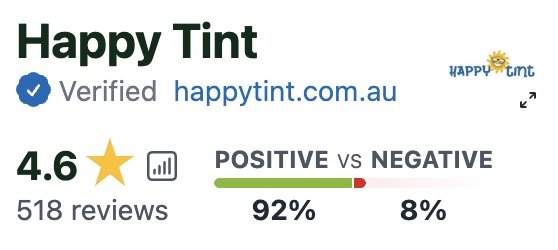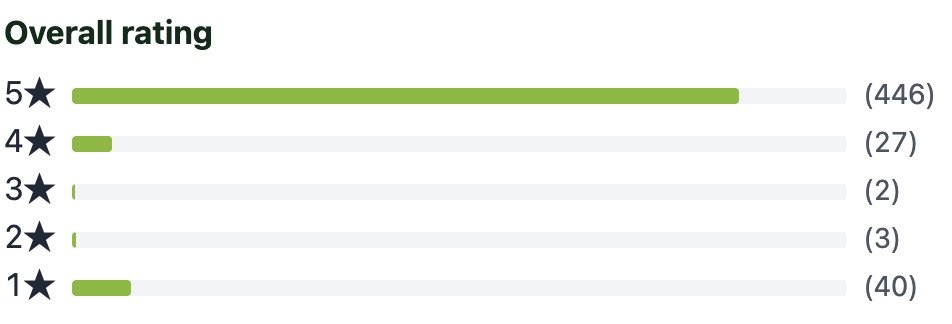How To Ensure Home Energy Efficiency With Window Tinting Alone
/Energy costs are always really high, be it summer when you need full time air conditioning or in the winter when it is equally extreme in terms of the cold and you need a heating system. The fact here is that you will always be running high power bills unless you come up with a solution to cut you’re your home’s energy consumption significantly. There may be a list of options on how doing this, but so far, the most convenient and affordable one would be home window tinting.
You spend more than half your power bills on heating and cooling your home
This means that if you are able to reduce the need for either one of these, you will have cut down on your utility bills. You may not be able to eliminate the need for a heating system, especially in winter. But you can certainly regulate the amount of energy required to cool your home during summer. When it is too hot, the AC will have to work harder to bring down the temperatures.
One way of reducing how hard the AC will work is by limiting the entry of UV rays into your house. These rays contribute significantly to the extremely high temperatures. By applying a tint film on your windows, regardless of the percentage of visible light transmission (VLT), you will be keeping all the UV rays at bay. This means you will have significantly reduced the temperature in your house, thus allowing the AC to work less.
Use natural lighting as much as possible
Energy efficiency also implies cutting down on your use of artificial lighting. On one hand, the films are aimed at reducing the amount of light rays getting into your home. This means that you are likely to receive less natural light. On the other hand, however, you can choose a film with higher VLT to ensure that you are only keeping the UV rays out and are thus able to take advantage of natural lighting.
With the film, you will not have to cover your windows to reduce the light or opt for softer artificial lighting. You can always choose a film that will give you adequate lighting, thus enabling you to depend on the free natural light rather than using expensive artificial lighting at all times.
The UV filter works both ways
When it is hot, the heated UV rays from the sun will not enter your home provided you have installed some good quality window tint film. During winter, the heated rays will also not be able to leave your home. This means that rather than spending a lot of energy heating up the air and losing it to the atmosphere, your home will be retaining most of the heated rays within it. This will cut down your heating costs significantly as well.
The basics of heating and cooling and using natural lighting seem like an easy hack considering how much you will be saving in the long term. You could contact us with any questions or comments as well as ideas on how home window tinting can change your home livability experience.





